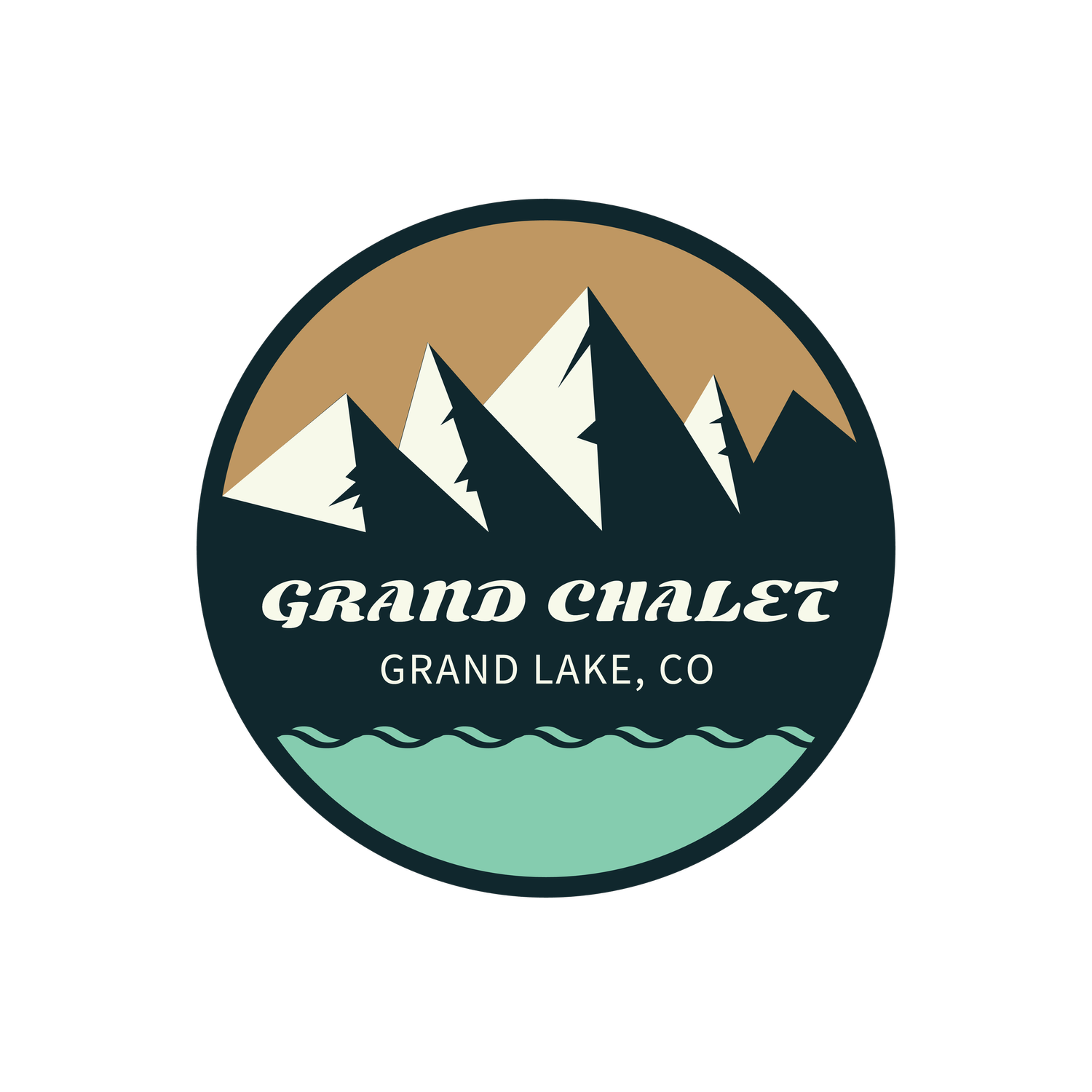Can You Drive Through the Rockies in Winter?
Winter in the Rocky Mountains is nothing short of magical, with snow-dusted peaks and serene, white-blanketed valleys. But the question remains: Can you drive through the Rockies in winter? The short answer is yes—but with preparation and caution.
What to Expect When Driving Through the Rockies in Winter
Driving through the Rocky Mountains during the winter months can be a rewarding yet challenging experience. Here’s what you need to know:
Weather Conditions: The weather in the Rockies can change in an instant. A sunny morning can quickly turn into a snowstorm by afternoon.
Snow and Ice: Roads, particularly at higher elevations, are often covered in snow or ice. Black ice is common, especially on shaded corners.
Road Closures: Certain mountain passes may close temporarily due to heavy snow or avalanche risk. Check road conditions regularly.
Essential Routes and Their Winter Conditions
Interstate 70 (I-70)
One of the most popular routes through the Rockies, I-70 takes you from Denver through the heart of the mountains. Key areas to be aware of include:
Eisenhower Tunnel: This high-altitude tunnel often sees heavy traffic and snowy conditions.
Vail Pass: Prone to closures during extreme weather, this pass is also heavily monitored for safety.
Trail Ridge Road (Rocky Mountain National Park)
Trail Ridge Road, one of the highest continuous paved roads in the U.S., closes in the winter due to heavy snow accumulation.
US Highway 40 (Berthoud Pass)
A scenic alternative to I-70, US-40 takes you over Berthoud Pass, which remains open year-round but requires caution due to sharp curves and steep inclines.
Key Safety Tips for Winter Mountain Driving
Check Road Conditions: Websites like COTrip.org provide real-time updates on closures, weather, and accidents.
Winter Tires or Chains: Colorado enforces traction laws during winter storms. Having snow tires or chains is often mandatory.
Pack Emergency Supplies: Keep essentials like blankets, water, snacks, a flashlight, and a first-aid kit in your vehicle.
Fill Up the Tank: Fuel stations can be few and far between in the mountains.
Drive Slowly: Speeding is dangerous in icy conditions. Allow extra time to reach your destination.
Avoid Night Driving: Visibility can be drastically reduced at night, and temperatures drop, increasing the risk of ice.
Popular Destinations and Their Accessibility
Breckenridge, CO: Easily accessible via I-70, but heavy snow can cause delays.
Aspen, CO: You can reach Aspen via Highway 82, though Independence Pass is closed in winter.
Estes Park, CO: While the main road to Estes Park stays open, routes through Rocky Mountain National Park close for the season.
What to Do If You Encounter Trouble
Stay with Your Vehicle: If you get stranded, stay inside your car for warmth and visibility.
Call for Help: Keep your phone charged and consider carrying a portable charger.
Use Hazard Lights: Make your car visible to passing vehicles and rescue services.
Alternative Travel Options
If you’re unsure about driving, consider alternative options:
Shuttles and Buses: Companies like Bustang provide service from Denver to various mountain towns.
Train Travel: The Amtrak Winter Park Express is a scenic way to travel without worrying about the roads.
Final Thoughts
Yes, you can absolutely drive through the Rockies in winter, but preparation is key. With the right vehicle, proper equipment, and a bit of caution, you can experience the stunning beauty of a Rocky Mountain winter safely. Just remember to monitor weather updates and be flexible with your travel plans.
Whether you’re heading to the slopes or visiting a cozy mountain town, a winter drive through the Rockies can be one of the most unforgettable parts of your journey.

